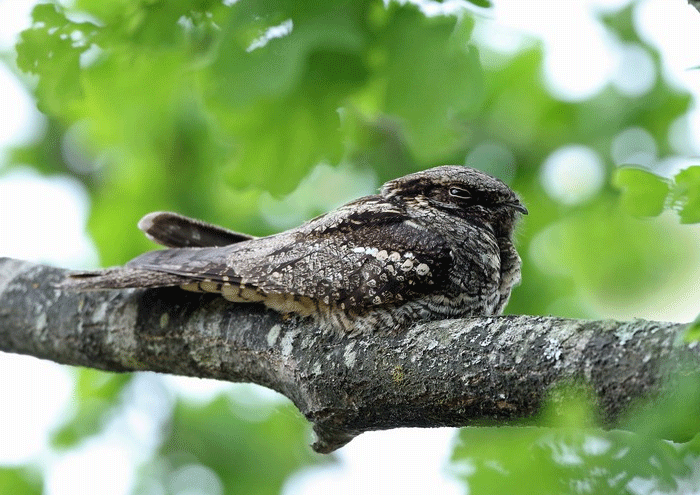Record-Breaking Nightjar Numbers Signal Heathland Revival
RSPB reserves report highest-ever Nightjar count as decades of heathland restoration pay off for one of the UK’s most elusive summer migrants

Record totals for a once-declining species
A record-breaking 211 Nightjars were recorded on RSPB nature reserves across the UK in 2024 - the highest number ever recorded by the charity. This marks a 7% increase on the previous high and reflects long-term conservation investment in some of Britain’s most threatened habitats. The remarkable figures are being hailed as a major success for habitat restoration and species recovery.
The Nightjar, a nocturnal insect-eater famed for its cryptic camouflage and mechanical “churring” song, has long struggled with declining habitat availability. Its preferred breeding grounds – open, dry lowland heathland – have been dramatically reduced since the 1800s, with an estimated 80% lost in the UK. Yet, as shown by this year’s counts, sustained management efforts on RSPB reserves are beginning to reverse the trend.
Heathland at the heart of Nightjar recovery
At sites like RSPB Minsmere in Suffolk, intensive habitat management has paid off. The reserve recorded 24 churring males in 2024, the highest tally since 1996. Volunteers and staff have been removing encroaching vegetation, such as trees and shrubs, to recreate the open heath conditions that Nightjars need for nesting and foraging.
Nick Forster, site manager at Minsmere, highlighted the landscape-scale scope of the work: “Staff and volunteers have helped connect and enlarge fragmented patches of precious heathland to give wildlife, such as the distinctive Nightjar, the space to thrive.”
These birds, which migrate from Central Africa to breed in Britain each summer, require large tracts of undisturbed, insect-rich heath to survive. Nesting on the ground and nearly invisible thanks to their bark-mimicking plumage, Nightjars are especially vulnerable to human disturbance and habitat fragmentation.
Volunteers, grazers and the return of the night voices
Other standout results came from RSPB’s Arne reserves in Dorset, including Arne, Stoborough Heath, Grange Heath and Holton Lee. There, an extraordinary 93 Nightjars were recorded in 2024. This success is linked to major habitat interventions such as the removal of invasive Scots Pine, rotational gorse cutting, and wild grazing across 1,300 hectares by cattle, ponies and pigs. These efforts have created a dynamic mosaic of heathland habitats, providing suitable nesting and feeding grounds for Nightjars and other specialist species.
Nightjars are usually surveyed by their unmistakable vocalisations. At dusk, reserve teams fan out to listen for the distinctive churring of males from their perches or territories. The soundscape of a summer heath is often described as surreal – part insect, part engine, part ghost in the gloaming.
“Visiting heathland on a summer evening, the sound of churring Nightjars is everywhere,” said Nick Forster. “Being able to hear those calls is the perfect reminder that the hard work is paying off.”
Looking ahead: science, surveys and citizen support
Nightjars are currently listed as an Amber species on the UK’s Birds of Conservation Concern list, following earlier declines that saw them classed as Red. This designation reflects their reliance on scarce or localised habitats and their moderate population status. Encouraging results from RSPB sites offer a hopeful sign that the species may be stabilising – at least where conservation is prioritised.
This year, the RSPB is partnering with the British Trust for Ornithology and Natural England on a UK-wide heathland bird survey. The aim is to generate updated distribution and population data for key species, including Nightjars. Organisers are calling on volunteers to help with this vital work, which could inform future conservation priorities across the country.
While successes on nature reserves are welcome, the wider countryside continues to pose challenges. With much of the UK’s heathland still under threat or in poor condition, conservationists are urging the public to tread carefully in sensitive areas. Ground-nesting birds like the Nightjar are easily disturbed by walkers and dogs, so sticking to designated paths and observing seasonal access restrictions is critical.
To volunteer for the heathland bird survey, visit: www.bto.org/get-involved/volunteer/projects/heathland-birds-survey
June 2025
Share this story







